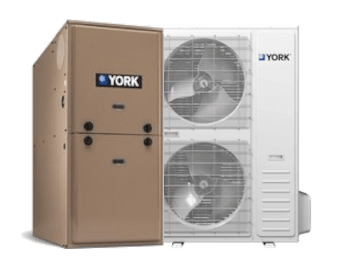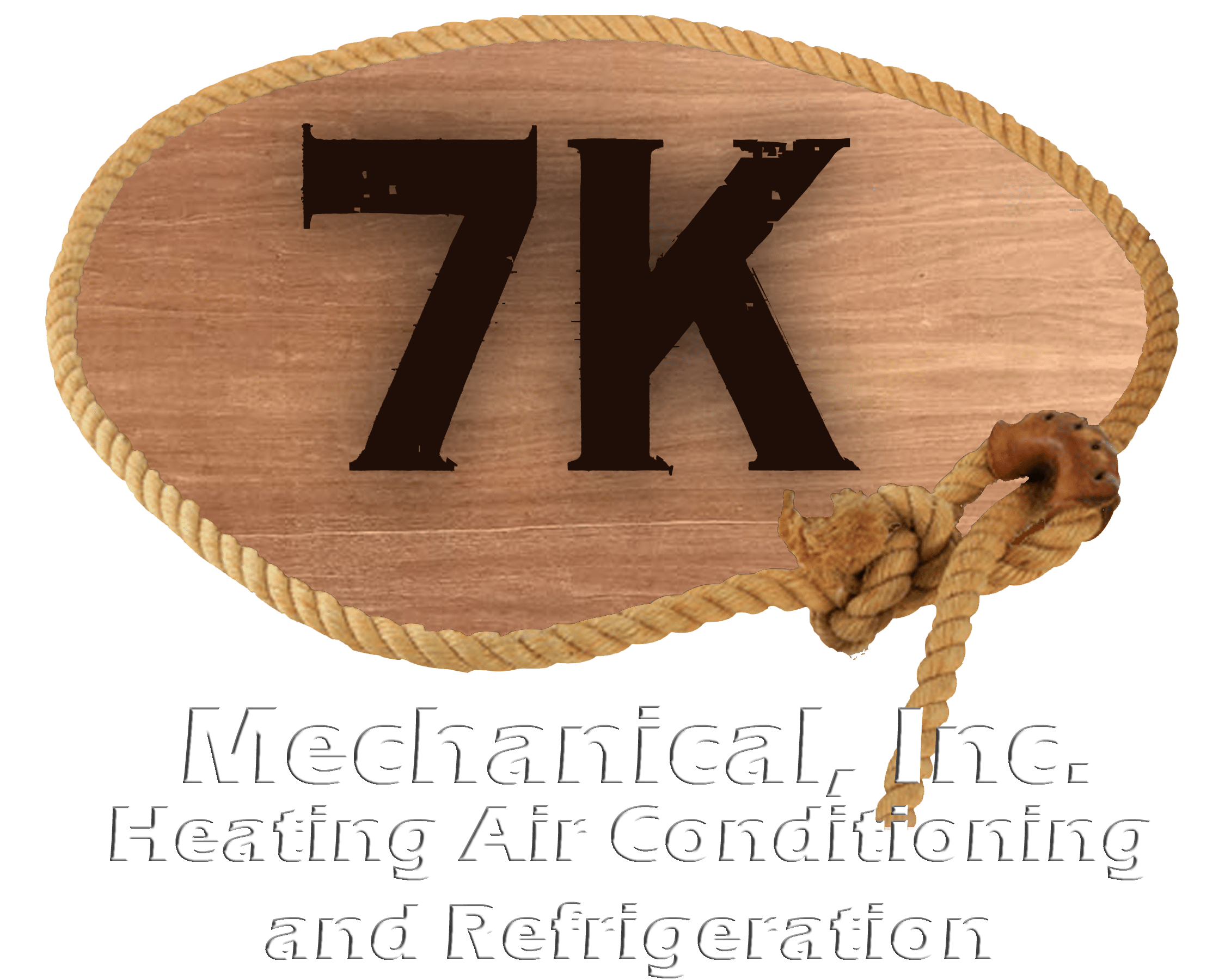
As temperatures plummet, your heat pump takes on the challenging task of keeping your home cozy. Designed to be highly efficient in moderate climates, the performance of heat pumps in colder than normal weather can provoke questions and concerns. Understanding what to expect from your heat pump during these times, including the distinctive sounds it makes and the role of auxiliary heat, can help alleviate worries and ensure you’re well-prepared for the chilly months.
The Heat Pump’s Defrost Cycle
One of the most notable occurrences with heat pumps in cold weather is the activation of the defrost cycle. This is an essential function that prevents the outdoor coil from freezing, which could significantly impair the unit’s efficiency and cause damage. During this cycle, you might hear a distinctive sound emanating from your heat pump. This noise, often described as a loud whoosh or a sudden shift, is the sound of the reversing valve changing position to initiate the defrost cycle. This valve reverses the flow of refrigerant, temporarily switching the unit into cooling mode to warm the outdoor coils and melt any frost or ice buildup.
The sound of the reversing valve shifting is perfectly normal and is a sign that your heat pump is functioning as designed. It’s an integral component of the heat pump’s operation, especially in colder climates where frost buildup is more common. Hearing this sound should not cause concern; instead, it reassures you that the system is actively working to maintain its efficiency and protect itself from potential damage due to ice accumulation.
Auxiliary Heat: Your Cold Weather Companion
During particularly cold spells, your heat pump may require a helping hand to maintain the desired indoor temperature. This is where auxiliary heat comes into play. Auxiliary heat, often generated by electric resistance heating elements, is designed to supplement the heat pump’s output when the outside temperature drops below the unit’s capacity to efficiently extract heat from the outdoor air.
The purpose of auxiliary heat is twofold. Firstly, it ensures that your home remains warm and comfortable, even when outdoor temperatures are exceptionally low. Secondly, it serves as a backup heating source during the defrost cycle, helping to prevent a noticeable drop in indoor temperature when the heat pump temporarily switches to cooling mode to defrost its coils.
It’s important to note that while auxiliary heat is effective, it’s also more costly to operate than the heat pump’s standard heating mode due to the higher energy consumption of electric resistance heating. Therefore, it’s typically used sparingly, activating only when necessary to supplement the heat pump’s capacity.
Embracing the Efficiency
Despite these cold weather idiosyncrasies, heat pumps remain a highly efficient and environmentally friendly heating solution. The key to maximizing your heat pump’s performance during colder months includes understanding its operation, recognizing the normal sounds and functions, and ensuring it is properly maintained. Regular maintenance checks, including cleaning filters and ensuring the outdoor unit is free from debris, can help your heat pump operate efficiently throughout the winter.
In conclusion, as the mercury dips, your heat pump is equipped to handle the chill, albeit with a few quirks like the defrost cycle’s distinctive sounds and the strategic use of auxiliary heat. Understanding these aspects can help homeowners appreciate the sophistication of their heat pump systems and enjoy a warm, comfortable home, even in the depths of winter.
